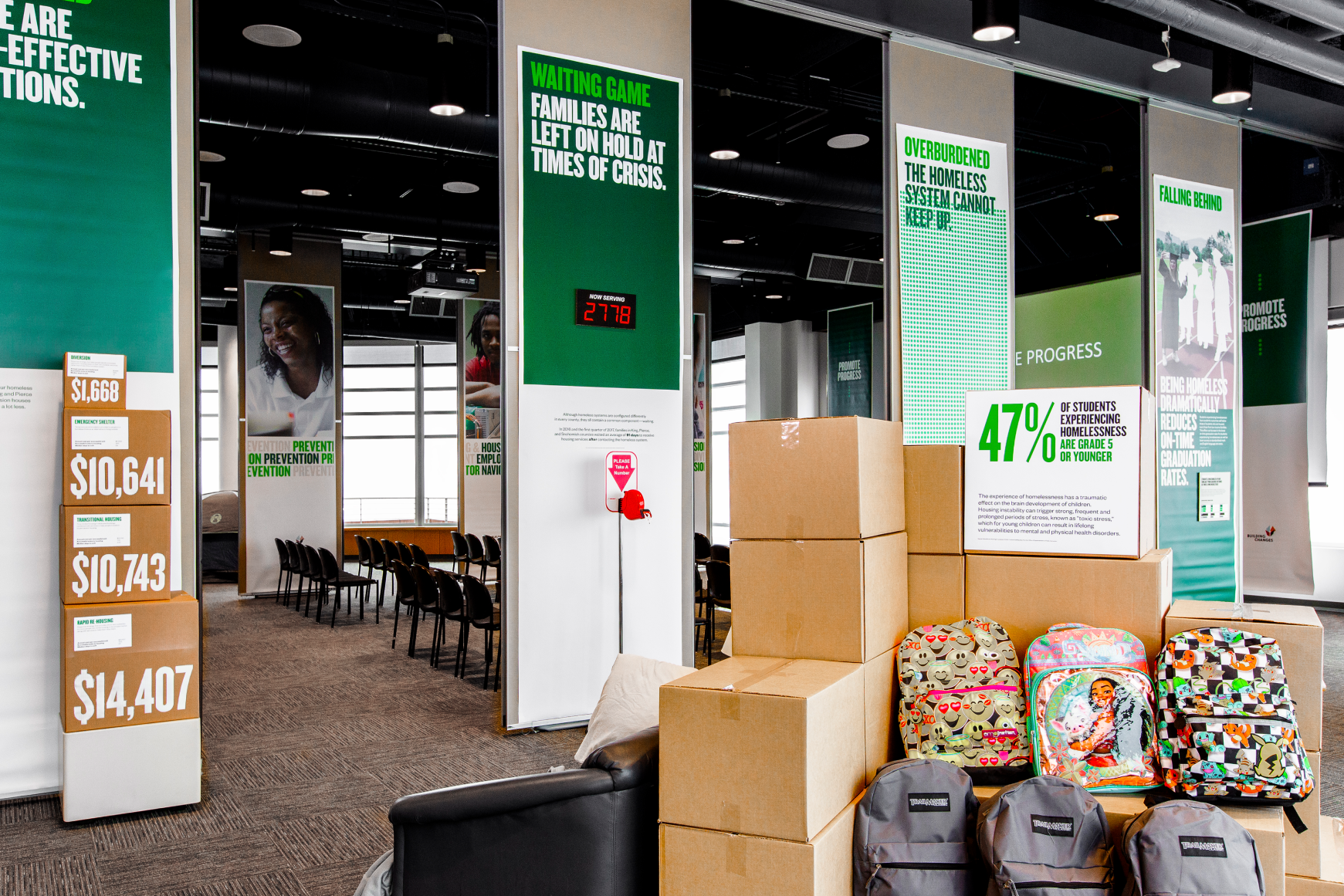Helping clients to clarify their thinking and to craft persuasive presentations using storytelling and visual communication
Challenge
Creating an effective trial presentation requires a combination of engaging storytelling, clear visual communication, and accurate synthesis of factual evidence and legal concepts. In a series of high stakes civil trials, my team was tasked with helping our clients convey a complex accounting case in a way that would be persuasive and memorable for the jury. How could we make jurors understand and care enough about accounting to award our client hundreds of millions of dollars?
Process
As the project lead, I facilitated a brainstorming session with our client to uncover the visual imagery, themes, stories, and analogies that would resonate with jurors. I listened critically to their account of the facts of the case and identified key moments that I thought would serve as emotional vignettes to motivate and persuade jurors. We also identified real world analogies that conveyed the importance of auditors in our financial system.
I managed a team of designers as we developed a prototype of our clients' trial presentation and tested it in qualitative research studies to understand how jurors were processing and integrating information into their group decision making. The feedback from these sessions led to many design iterations to hone our message.
Finally, we designed a cohesive visual trial presentation that allowed our clients to logically and persuasively present their story at trial so that it would have maximum impact for the jurors.
Outcome
The presentation of our case succeeded in reaching our jurors' hearts and minds. Our clients have received jury awards and settlements in excess of $800 million in these series of cases. Post-trial interviews with the jury demonstrated that we were able to help jurors understand the accounting concepts in the case and care about the consequences of the defendant's failures.
Project Team: Dennis Duong, Aaron Steinstra, and Chris Sizemore













Helping clients to clarify their thinking and to craft persuasive presentations using storytelling and visual communication